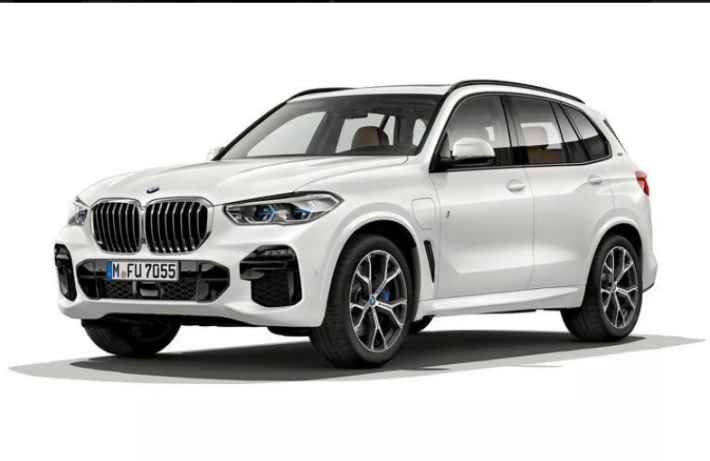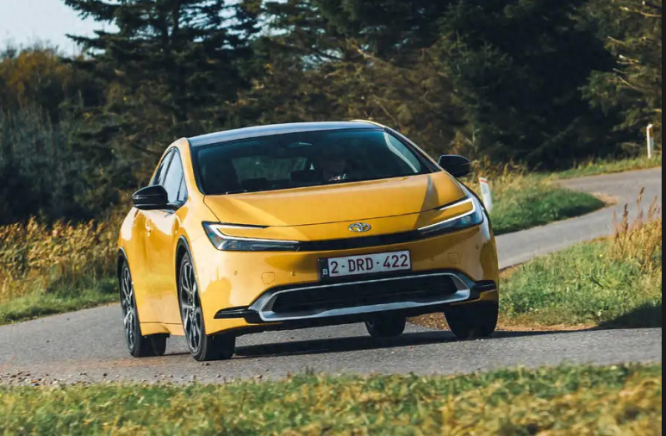
As new energy vehicles (NEVs) gain significant traction across Europe and the United States, the insurance industry is undergoing a transformative shift. Unlike traditional gasoline-powered cars, NEVs present unique risk profiles, technological complexities, and consumer expectations, compelling insurers to reevaluate their strategies.
A particularly notable disparity lies in the cost framework. NEVs typically carry higher repair and replacement costs due to specialized components like lithium-ion batteries, which can account for up to 40% of a vehicle’s value. For example, in the US, a damaged battery pack in a popular electric SUV might cost upwards of $20,000 to replace, far exceeding the expense of fixing a conventional engine. A minor collision may necessitate complex battery diagnostics or replacement, driving up claims expenses. Consequently, insurers often assign higher premium rates to NEVs. In the US, for instance, NEV owners pay on average 20-30% more than conventional car drivers, according to a 2024 report by the Insurance Information Institute. In Europe, the disparity is also evident, with German insurers charging approximately 15 - 25% higher premiums for electric vehicles compared to their gasoline counterparts.

Technological advancements also shape insurance models. Many NEVs come equipped with advanced driver assistance systems (ADAS) and connectivity features that can enhance safety but also introduce new risks. While ADAS reduces accident likelihood, cyberattacks targeting vehicle software could cause malfunctions, prompting insurers to develop policies covering digital threats. For example, a hypothetical scenario where hackers remotely manipulate a vehicle's braking system via its connected network could lead to severe accidents, and insurers are now considering such cyber risks in their coverage. Additionally, telematics data collected from NEVs allows for usage-based insurance (UBI) models, enabling insurers to offer personalized premiums based on driving behavior, mileage, and charging patterns—a feature particularly appealing to cost-conscious millennials and Gen Z. Some insurance companies in California have launched UBI programs that offer discounts of up to 30% for drivers with low mileage and smooth driving habits, attracting a large number of young EV owners.
Another burgeoning trend is the incorporation of sustainable inducements. Recognizing NEVs’ environmental benefits, some European insurers offer discounts for eco-friendly driving habits or for bundling home solar panel and EV charging station coverage. For instance, in the Netherlands, certain insurers provide a 10% discount on premiums if customers use renewable energy sources to charge their vehicles. This aligns with the values of younger consumers, who prioritize sustainability in their purchasing decisions.
However, the industry faces challenges. The relative novelty of NEVs means limited historical data for accurate risk assessment, leading to pricing uncertainties. Moreover, the lack of standardized repair procedures and qualified technicians further complicates claims handling. Insurers are collaborating with manufacturers and tech firms to address these issues, investing in training programs and data analytics tools. In the UK, a consortium of insurers and automotive companies has established training centers to educate mechanics on NEV repair, aiming to improve the efficiency of claims processing.

In conclusion, the evolution of NEV insurance in Europe and the US reflects a dynamic interplay between technological innovation, consumer preferences, and regulatory requirements. As the market matures, insurers must balance risk mitigation with competitive offerings to capture the growing segment of young, tech-savvy drivers embracing the electric future.





